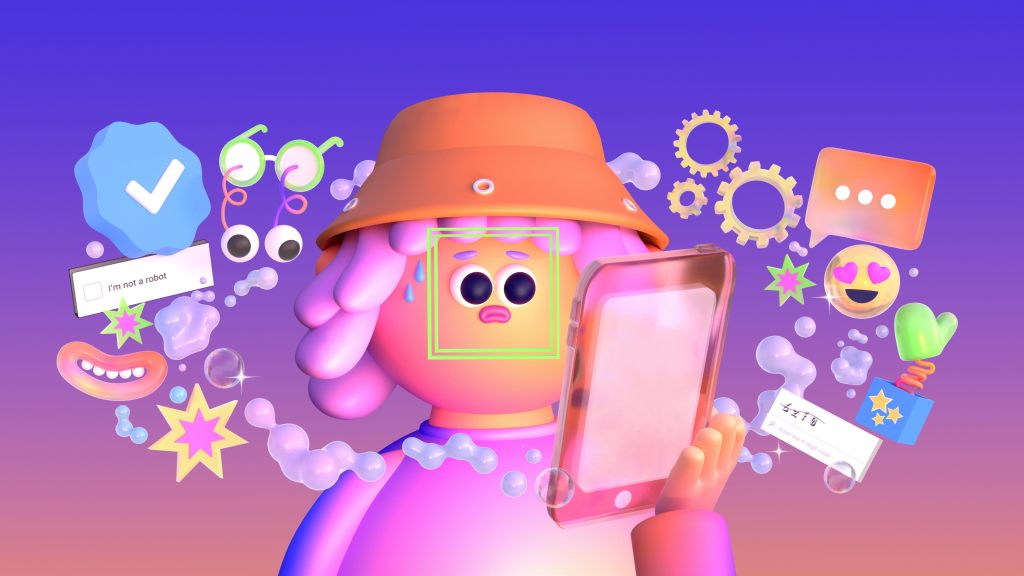A government ministry in Australia has a half-baked facial recognition system on its hands—and it’s itching to use it against people who watch porn online.
Last month, a parliamentary committee of the Australian House of Representatives launched an inquiry into the effectiveness of age verification systems for adult websites and internet gambling. It also asked for submissions from the public for ways to better verify ages online.
Videos by VICE
The submissions are being posted online, most of which are from individuals voicing their (mostly misinformed and religion-based) opinions on porn, gambling, or both. But one, from Australia’s Department of Home Affairs, suggests something more dystopian: Expanding an existing facial recognition database to verify people who visit adult sites are actually adults. In Australia, the legal age of sexual consent is 16.
Gambling and porn are both on the table, but it’s clear that porn is what the committee is really focusing on with this inquiry. “While customers must verify their age within 14 days to continue using an online wagering account, an age verification process is not required at all for customers to access online pornography,” Andrew Wallace, Chair of the Social Policy and Legal Affairs Committee, said in a press release in September.
In 2016, Australia’s federal government launched its biometric Face Verification Service (FVS). According to CNET, the service initially allowed government departments and the Australian Federal Police to share and match photos of people who applied for citizenship in Australia.
The Department of Home Affairs thinks it’s a cool idea to require everyone who tries to watch porn to subject their faces to its database, comparing their faces to those already in the database, to match it with an ID. “This could assist in age verification, for example by preventing a minor from using their parent’s driver licence to circumvent age verification controls,” it wrote in the submission.
Details on how this will work are scant and vague. Would a kid trying to see some porn have to hold up their dad’s driver’s license and pray they look enough alike? What happens if the facial recognition fails, and a consenting adult is locked out of huge swaths of the internet? Does the database store everyone’s faces in a folder named “porn watchers?” Who gets access to that data?
According to the submission, data in the FVS is meant to be available to the private sector, as well. But the details are vague because even in the last three years, the FVS “is not yet fully operational,” the submission says. “Whilst it is intended to be made available to private sector organisations in future, this will be subject to the passage of the Identity-matching Services Bill 2019 which is currently before Parliament.”
Age verification is a problem several government agencies can’t seem to nail. Earlier this month, the long-dreaded UK age verification system—which was in the works for years and delayed several times—fell apart completely, as the government finally admitted it was unworkable. The failed plan proposed that each website make its own rules for how to age-verify, typically by asking for credit card numbers or handing over their IDs, with no guarantees of privacy or safe management of that data.
Just because these are all shitty inventions and policies that wouldn’t work, that doesn’t mean they won’t become real someday. As we saw in Somerville, San Francisco, and Berkeley, it is possible for people to fight back against facial recognition that infringes on our privacy and internet freedoms. And maybe governments don’t need to know the faces of everyone who watches porn online.




